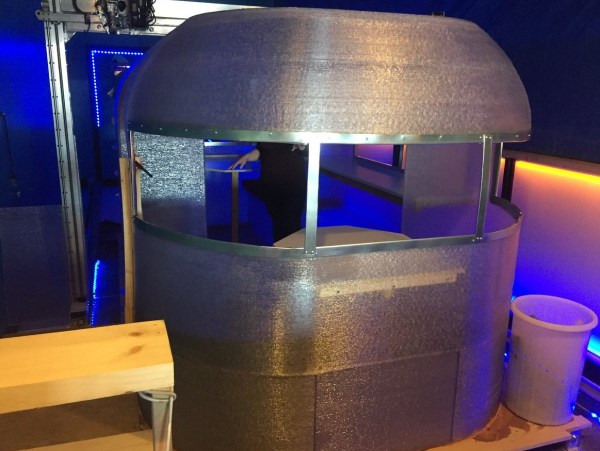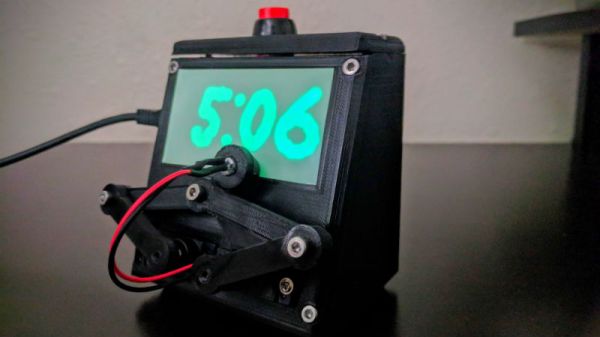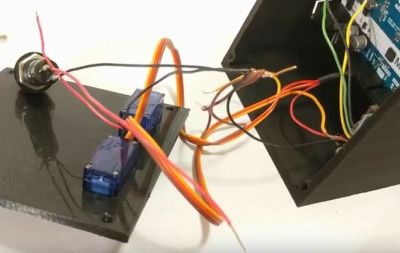Ah, the great outdoors. Rejuvenating air rife with mosquitoes and other nasties, and spending some time hanging out in the woods sleeping in a 3D printed camper. Wait– what was that last one again?
Yep, it’s exactly what it sounds like. A Canadian team headed by [Randy Janes] of Wave of the Future 3D, printed a camper at [Create Cafe] in Saskatoon, Saskatchewan, using high-flow nozzles on one of the largest 3D printers in North America. These layers are 10.3mm thick!!
This trailer is one single printed piece, taking 230 hours — nine and a half days — of straight printing with only a few hangups. Weighing 600lbs and at 13 feet long by six feet wide — approximately 507 cubic feet, this beats the previous record holder for largest single piece indoor print in size by three times over.
Continue reading “Want A Leak-Proof Camper? Better Fire Up The 3D Printer Now.”





















